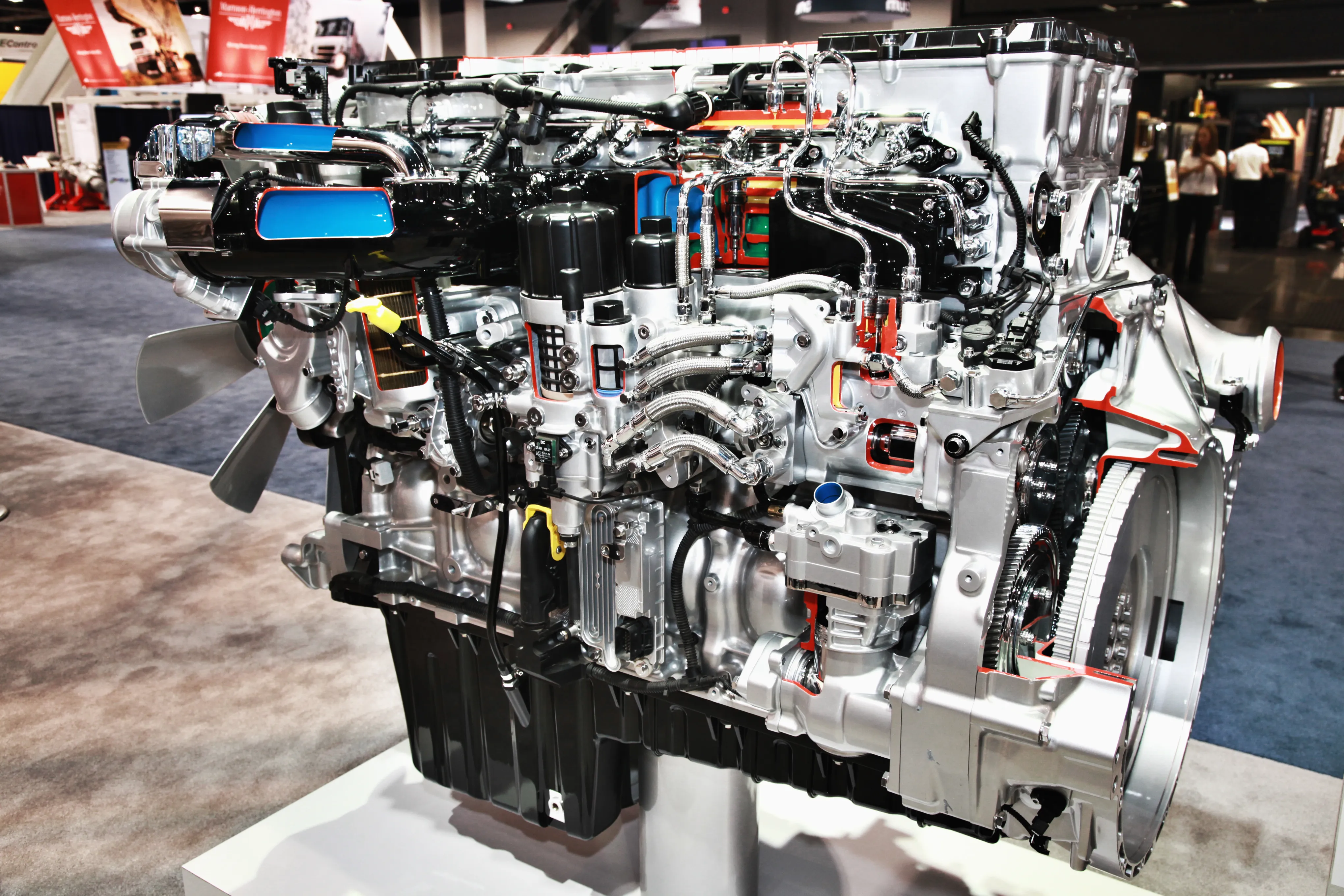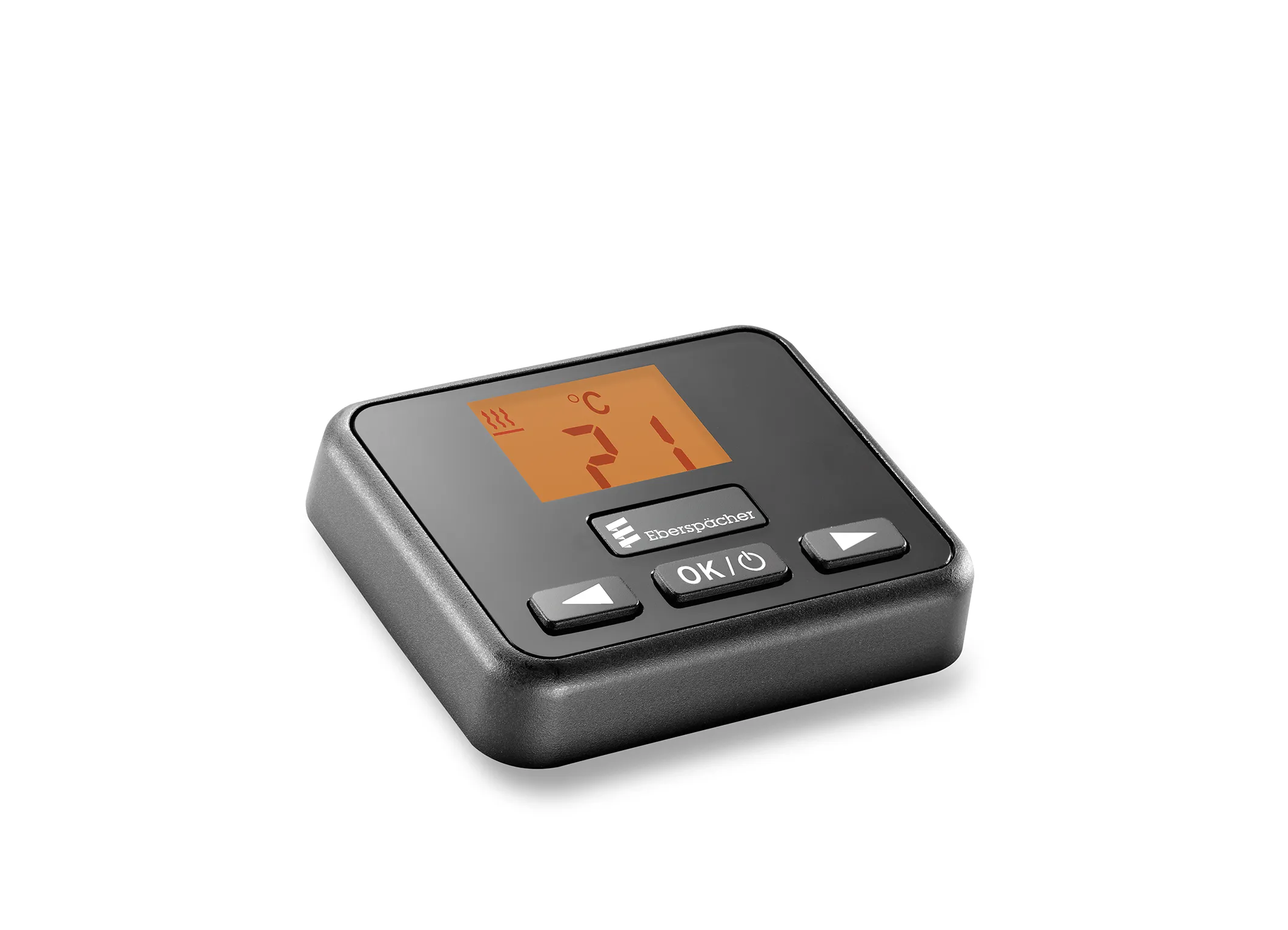Deutz has adopted a dual SCR after-treatment system on its high output TCD Vee engines to meet Tier 4 final emissions standards.
Using a dual SCR system, the water-cooled 90-degree V6 12litre and V8 16litre engines, with power outputs from 390-520kW, were found not to require cooled EGR, DOC or DPF technologies. Compared to a similar engine using cooled EGR, Deutz said its TCD12 and TCD16 can operate with a cooling package that is around 20-25% smaller, improving installation packaging for OEMs.
March 6, 2014
Read time: 2 mins

Using a dual SCR system, the water-cooled 90-degree V6 12litre and V8 16litre engines, with power outputs from 390-520kW, were found not to require cooled EGR, DOC or DPF technologies. Compared to a similar engine using cooled EGR, Deutz said its TCD12 and TCD16 can operate with a cooling package that is around 20-25% smaller, improving installation packaging for OEMs.
Deutz’s SCR package uses a combined DOC/SCR catalyst as the first phase of exhaust treatment, followed by a ‘clean-up’ catalyst. While slightly bulkier than a single SCR system, the dual SCR package uses one tank and two dosing systems but does not use twice as much fluid, said the company.
These latest TCD12 and TCD16 engines are said to offer up to 8% more performance with average fuel consumption reduced by around 5% compared to the previous Tier 4 interim versions. However, expect DEF consumption to increase by 2%, said Deutz.
%$Linker:








